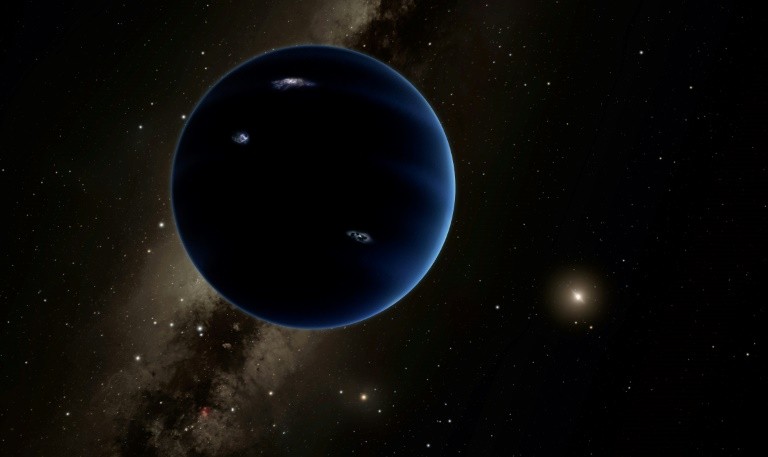
Astronomers have detected a free-floating planet, Cha 1107-7626, drawing in gas and dust at a rate of about 6 billion tons per second, an observation that challenges current ideas about how planets and stars form. The finding was made using the European Southern Observatory's Very Large Telescope (VLT) in Chile, with additional data from the James Webb Space Telescope (JWST), according to the European Southern Observatory (ESO).
Cha 1107-7626 is located roughly 620 light-years away in the constellation Chamaeleon. With a mass estimated at five to ten times that of Jupiter, it is still in the earliest stage of formation — about one to two million years old. Unlike planets in our solar system, this object does not orbit a star. It moves freely through space, making it a rogue planet, a class of objects believed to number in the trillions across the Milky Way.
Researchers monitoring the planet noticed a sudden and dramatic increase in its accretion rate — the process by which a young object gathers material from its surrounding disk. This rate was around eight times higher than observed only months earlier, the BBC reported, citing data published in The Astrophysical Journal Letters. During this episode, the planet's brightness rose sharply, and changes in its light patterns indicated that magnetic activity was funneling material onto its surface, a behavior typically associated with young stars rather than planets.
Water vapor was also detected in the disk during this burst, something that has been seen before around stars but not planets. This suggests that Cha 1107-7626 may have formed the way stars do — from a collapsing cloud of gas and dust — rather than inside a planetary system.
Even with its unusual behavior, the object will never become a star. Its mass is too low to trigger nuclear fusion, meaning it will gradually cool and dim as it ages.
The discovery underscores how fluid the distinction between planets and stars can be, and why astronomers continue to study early-stage objects like Cha 1107-7626. As the ESO noted, further observations with next-generation telescopes could help determine whether such star-like rogue planets are rare anomalies or a common feature of the galaxy.
Originally published on IBTimes
© Copyright IBTimes 2025. All rights reserved.





